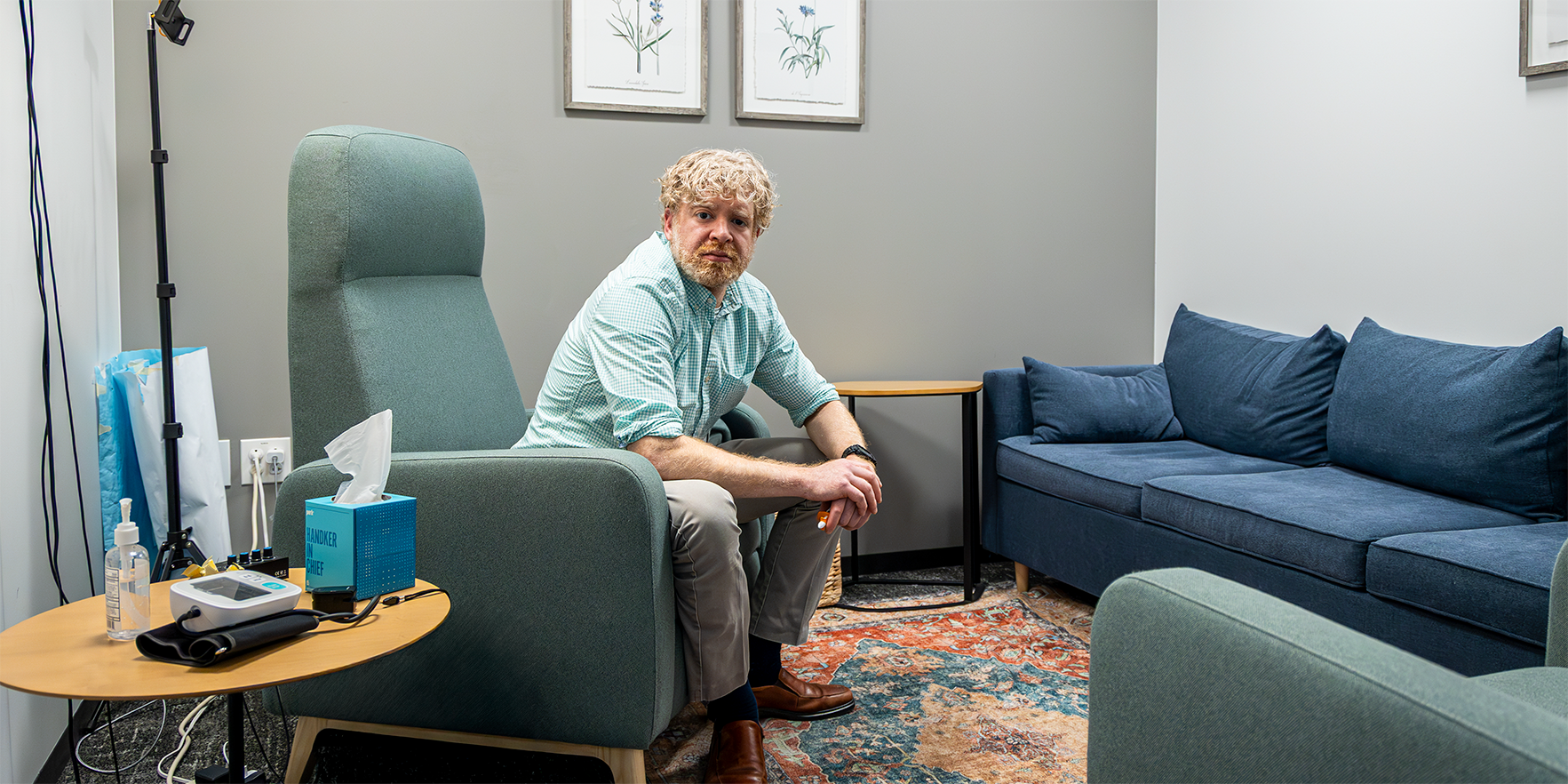What are the types of eating disorders typically seen with athletes?
Really any type of eating disorder can be seen in athletes. Eating disorders don't discriminate. We see in athletes anorexia, bulimia, binge-eating and OSFED – Other Specified Feeding and Eating Disorder. Most commonly with athletes though, there is disordered eating, which is a pattern that creates energy and caloric deficiency through overexertion, overexercising, more restrictive eating, on-and-off dieting or fasting, under fueling.
In what sports do you see higher levels of disordered eating amongst athletes?
It can be across any sport. However, the typical ones that we almost always think of are gymnastics, dance, running, wrestling, cycling, swimming.
I'm actually seeing a lot of clients who are climbers. As someone who used to be more in the climbing community, eating disorders and disordered eating were really rampant. There can be this extremeness about some people who climb – striving to get to that next level. There's always somebody like Alex Honnold, doing the free solos. There's always someone to outdo. And this striving and perfectionist attitude often then applies to other areas outside of climbing. While those attitudes help athletes succeed in some cases, perfectionism and striving can become almost addictive.
What are the pressures athletes are under that lead to disordered eating? And how can the athlete themselves, a loved one, a coach, or a teammate spot disordered eating?
We live in a culture that really promotes thinness as “healthy” and “fitness.” That's really unhelpful and unhealthy for anyone, especially athletes. Also, our culture for athletes really gives this message of “no excuses, no off days,” especially around working out.
Taking those two ideas combined, it’s easy to see how we celebrate disordered eating: Excessive exercise or overexertion means someone's highly disciplined and therefore successful and not weak.
It leads athletes oftentimes to fixate just on improving performance. It feels good to be celebrated or do well at a sport, and athletes with disordered eating might miss the big picture when pushing too hard and see only short-term improvement as a reason to continue the behavior.
And so what can people do? Know the signs and symptoms. Educate yourself, your loved ones on eating disorders, disordered eating. Practice assessing your own beliefs around food, body size, fitness. Consider what messages you might be sending that could be reinforcing unhealthy behaviors.
What is RED-S?
It was previously referred to as “female athlete triad,” which was loss of menstrual period, low energy and poor bone density. RED-S is more inclusive and a broader term used to refer to this condition in all athletes. It's categorized by low energy availability due to long-term and/or ongoing caloric restriction. This could look like preoccupation with food, rigidity around food and exercise, health issues, fatigue, concentration and focus difficulties, decreased training response, increased injury risks, decreased coordination and impaired judgment, depression, irritability, and decreased muscle strength and endurance performance.
It can be confusing: Despite being almost identical in description to the symptoms of anorexia nervosa, RED-S is not considered an eating disorder. Not everyone with RED-S has an eating disorder, and not everyone with an eating disorder has RED-S. Those in the sports field feel that a lot of athletes may not know that they are not properly fueling their bodies, and therefore it can't be an eating disorder because they're not purposefully or intentionally limiting or restricting their food.
I treat athletes in my therapy practice, and almost 99% of those who show up saying they have a RED-S diagnosis also have an eating disorder, because limiting our intake and overexercising changes our brain chemistry and functioning. So RED-S may not be an eating disorder, but it causes the same mental health issues as an eating disorder. If we're just saying this is strictly physical as a means of avoiding labeling it as an eating disorder, this is just further stigmatizing seeking mental health treatment.
What does treatment for an athlete with RED-S or disordered eating look like?
RED-S and eating disorders are often overlooked in both the medical and athletic community and only identified too late with severe injuries or mental distress.
The overall treatment is the same as someone who isn't an athlete. It's focused on stabilizing medically. Sometimes through weight restoration, reintroducing food groups that have been cut out and slowly reintegrating physical activity. There needs to be psychoeducation on how to engage in physical activity in a mindful way and reworking one's relationship to their sport. Maybe even examining the athlete’s identity outside of the sport.
It doesn't mean that they can't go back to that sport ever. I think that's where some people get eating disorder treatment wrong. Athletes can go back to their sports, but they need to really focus on engaging mindfully and intentionally. And there needs to be a lot of education for their support system, coaches, about proper nutrition, how to refuel after exercising, and signs or symptoms of a relapse.
At the same time, recovery looks different based on the person. I’ve had athlete patients who have stepped away because they couldn’t engage in the sport in a mindful way and others who returned to their sports and are doing even better performance-wise because they’re fueling their bodies and have a functional relationship with food and their body and physical activity.
I don't say “good relationship,” I say functional, because I think it's important to acknowledge that functional can mean there are ups and downs, but the important thing is the downs don't lead to a relapse. The downs don't lead to that obsessive preoccupation. It's a solid, functional relationship.
Where do you think support needs to come from to better support athletes?
To help athletes what we need to address are the medical and emotional aspects of this. It needs to be more normalized, and I think we're headed in a better direction. Athletes are talking about their mental health more.
Another good step different sports could implement across levels of competition would be to do more preventative and proactive approaches to gauge an athlete’s overall health. It might be time-consuming, but we’ve seen the alternative of malnutrition, overexertion and permanent injuries.





